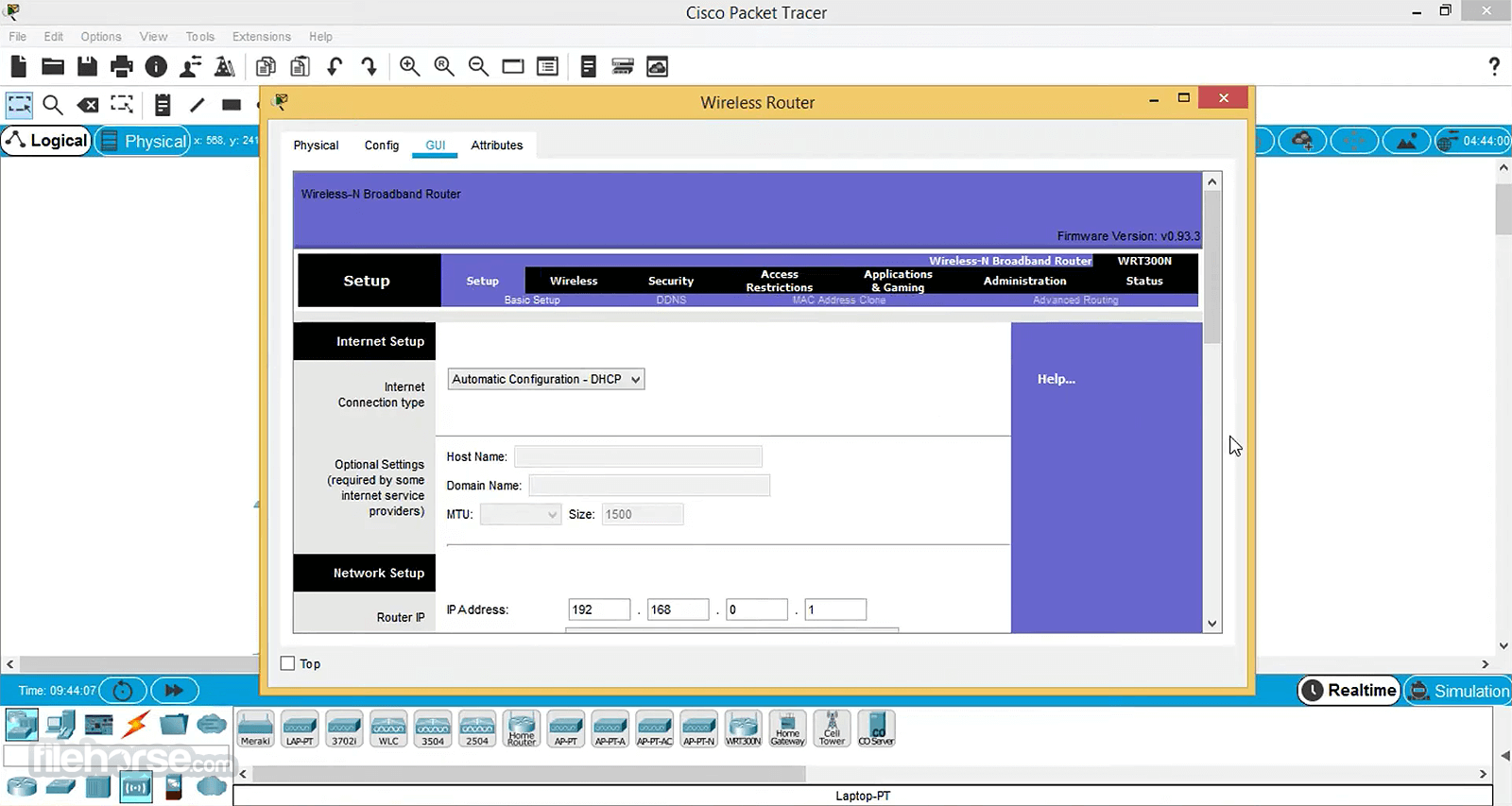

Packet-Trace summary tracks the input and output interfaces, the final packet state, and punt, drop, or inject packets, if any. Packet-Trace accounting is a lightweight performance activity, and runs continuously until it is disabled.Īt the summary level of packet trace, data is collected for a finite number of packets. Packet-Trace accounting provides a count of packets that enter and leave the network processor. Table 21-1 Packet-Trace Level Packet-Trace Level Table 21-1 explains the three levels of inspection provided by packet trace. However, Packet Trace limits inspection to packets that match the debug platform condition statements, and is a viable option even under heavy-traffic situations in customer environments. Each level provides a detailed view of packet processing at the cost of some packet processing capability. The Packet-Trace feature provides three levels of inspection for packets: accounting, summary, and path data.
CISCO PACKET TRACER EXAMPLES DOWNLOAD SOFTWARE
Use Cisco Feature Navigator to find information about platform support and Cisco software image support. To find information about the features documented in this module, and to see a list of the releases in which each feature is supported, see the “Feature Information for Packet Trace” section.

For the latest feature information and caveats, see the release notes for your platform and software release. Your software release might not support all the features documented in this module.
CISCO PACKET TRACER EXAMPLES DOWNLOAD HOW TO
This module provides information about how to use the Packet-Trace feature. The Packet-Trace feature provides a detailed understanding of how data packets are processed by the Cisco IOS XE platform, and thus helps customers to diagnose issues and troubleshoot them more efficiently.


 0 kommentar(er)
0 kommentar(er)
